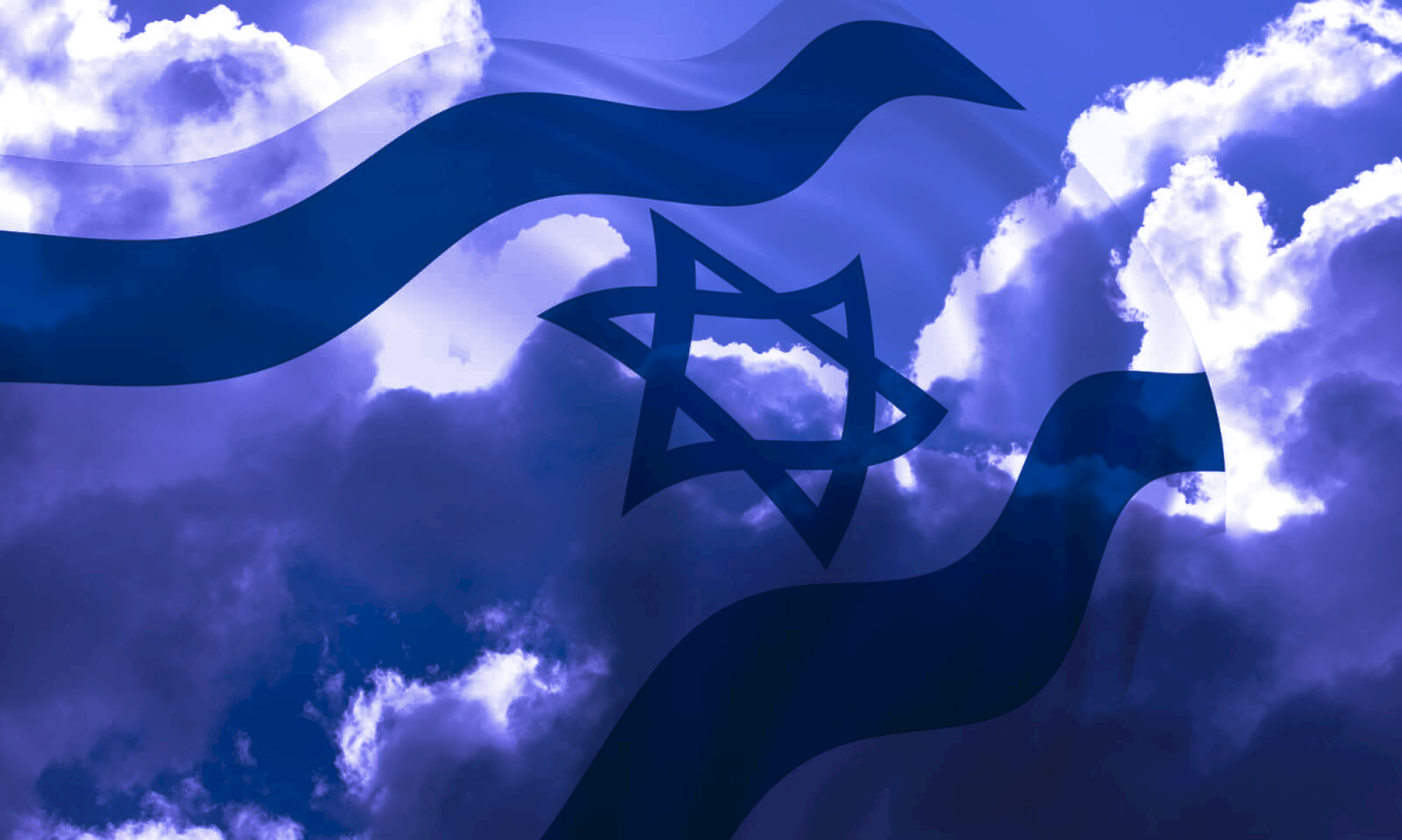
On Tuesday, Prime Minister Benjamin Netanyahu confirmed that Israeli troops will remain in Syria indefinitely
He met with senior security officials atop Mount Hermon to assess the situation.
Accompanied by Defense Minister Israel Katz, Israel Defense Forces (IDF) Chief of Staff Lt.
Gen. Herzi Halevi, Shin Bet chief Ronen Bar and Northern Command commander Maj. Gen. Uri Gordin, Netanyahu appeared to be the first Israeli leader to set foot on Syrian territory while in office.
Israel entered the UN-patrolled buffer zone in the Golan Heights just hours after rebel groups seized Damascus on Dec.8. The decision to occupy the buffer zone established in 1974 was described as a temporary defensive measure until border security was secured.
Israel has stressed that it has no interest in getting involved in the Syrian conflict.
From atop Mount Hermon, Netanyahu declared that Israel would remain there “until another agreement is found that guarantees Israel’s security.” He touched on a personal nostalgia, recalling a patrol with his soldiers 53 years ago at this same spot.
“This place has not changed, it is the same place, but its importance to Israel’s security has only been reinforced in recent years, and especially in recent weeks with the dramatic events unfolding below us here in Syria,” Netanyahu said.
He added that Israel would determine the best agreement that would guarantee its security in the future.

Defense Minister Katz described Mount Hermon as “the eyes of the State of Israel to detect threats near and far.” He said that “the IDF is here to protect the communities of the Golan Heights and the citizens of the State of Israel from any threat, from the most important point to do so.” Katz also noted that the Israeli presence on top of Hermon strengthens security and adds a dimension of observation and deterrence both against Hezbollah strongholds in Lebanon’s Beqaa Valley and against rebels in Damascus, who he said belong to extreme Islamic sects despite trying to portray themselves as moderate.
Katz appeared to be referring to the Sunni Islamist group Hayat Tahrir al-Sham (HTS), whose fighters entered the Syrian capital on December 8.
The group has roots in al-Qaeda and is considered a terrorist organization by many Western governments, although it has tried to moderate its stance recently.
After Assad’s fall, Ahmed al-Sharaa, also known as Abu Muhammad al-Julani, the leader of HTS, stressed that the rights of all Syrians would be protected under his leadership, regardless of religion or ethnicity.
In an interview with the British newspaper The Times, al-Sharaa said his group was “committed to the 1974 agreement” with Israel, which established the demilitarized zone in Syria at the end of the 1973 Yom Kippur War.
He called on Israel to retreat to its previous positions and criticized recent Israeli strikes that have destroyed much of the Assad regime’s military assets.
Israel’s cautious approach to HTS and its leader was highlighted by Deputy Foreign Minister Sharren Haskel, who called al-Sharaa a “wolf in sheep’s clothing” due to his jihadist past.
She showed a collage of photos of al-Sharaa in various jihadist organizations during a press conference, warning about the true nature of these groups, even if they change their name.
Before founding HTS, Julani fought for al-Qaeda in Iraq after the 2003 invasion and later established a subsidiary in Syria, the al-Nusra Front, which was for a time allied with the Islamic State terrorist group, before disaffiliating and rebranding as HTS.
Published in 12/17/2024 22h27
Text adapted by AI (Grok) and translated via Google API in the English version. Images from public image libraries or credits in the caption.
Reference article:
| Geoprocessing Drone Systems HPC |

| ERP and CRM Systems Mobile Systems AI |


